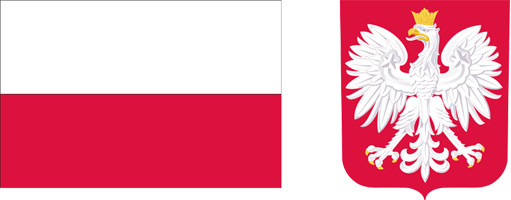Current issue
Archive
About the Journal
Aims and Scope
Editorial Board/Editorial Team
List of reviewers
Publishing process
Publishing Ethics and Malpractice Statement
Personal data protection (GDPR)
Creative Commons License
CrossRef Member / Similarity Check
For Authors
Call for papers
Guidelines for authors
Submitting a manuscript through the editorial system – step by step
For Reviewers
Peer review process
Guidelines for reviewers
Submitting a review – step by step
Contact
RESEARCH PAPER
SPATIAL PIGMEAT PRICE TRANSMISSION: THE CASE OF LITHUANIA AND POLAND
1
Lithuanian Centre for Social Sciences, Institute of Economics and Rural Development, Vilnius
2
Institute of Soil Science and Plant Cultivation – State Research Institute, Puławy
Submission date: 2021-09-21
Final review date: 2021-11-28
Acceptance date: 2021-12-29
Publication date: 2022-03-28
Zagadnienia Ekonomiki Rolnej / Problems of Agricultural Economics 2022;370(1):87-106
KEYWORDS
TOPICS
ABSTRACT
The paper investigated the patterns of changes in spatial price transmission between pigmeat prices of two post-communist Member States, namely Lithuania and Poland, and five main producing countries in the EU-15, namely Germany, Denmark, France, Spain, and the Netherlands. This study employed vector autoregression modelling, as well as the Granger causality concept, and focused on changes in price behavior from May 2004 to May 2021. The findings suggest fundamental differences in the short-term price behavior of two post-communist countries. Over the investigated period, Poland strengthened the position in the EU pigmeat market and could be classified as a price leading country for the certain markets. The case of Lithuania demonstrated that countries with lower productivity and the dominant share of pig population on small-scale farms as well as high price level became vulnerable and evolved towards a viable national pig farming structures. Hence, a movement of new Member States towards greater market integration must be linked to the spread of innovations in pig farming or exit of uncompetitive farms. In the case of Lithuania, a promising direction of policy implications is support for the establishment of modern and competitive medium-sized farms, as well as the spread of relevant knowledge and innovations.
We process personal data collected when visiting the website. The function of obtaining information about users and their behavior is carried out by voluntarily entered information in forms and saving cookies in end devices. Data, including cookies, are used to provide services, improve the user experience and to analyze the traffic in accordance with the Privacy policy. Data are also collected and processed by Google Analytics tool (more).
You can change cookies settings in your browser. Restricted use of cookies in the browser configuration may affect some functionalities of the website.
You can change cookies settings in your browser. Restricted use of cookies in the browser configuration may affect some functionalities of the website.



